As the Extraction Point came under enemy fire, the team deployed smoke grenades to create a visual barrier, facilitating its dash to the V-22 Osprey. Despite the billowing smoke, enemy combatants continued firing sporadically across the river, their visibility reduced but not completely blocked.
The sound of bullets whizzing through the smoke was chilling, with several hitting the V-22 and causing exterior damage. One round wounded a team member in the leg, heightening the urgency of the extraction. Nevertheless, callsign RAPTOR successfully managed to lift off just as enemy reinforcements began coordinating their attack.
The return flight to JRH was tense, filled with the hum of rotor blades and the team’s silent reflection on the events. Upon landing, the reception was understated; immediate medical attention was provided with Captain Chan and the injured team member receiving priority treatment.
An After Action Review (AAR) was conducted the following day, which critically evaluated the use of smoke to cover the team’s approach during the mission’s final phase. The review highlighted the risks of using smoke without concurrent suppressive fire. Although the extraction was successful, the operation revealed significant tactical errors.
Notwithstanding, the mission’s strategic success bolstered military relationships with coalition partners while demonstrating to everyone the strategic utility of Special Operations Forces in high risk missions.
After your team has reviewed and discussed the outcome, proceed to to the Mission Summary by clicking the button on the right.
